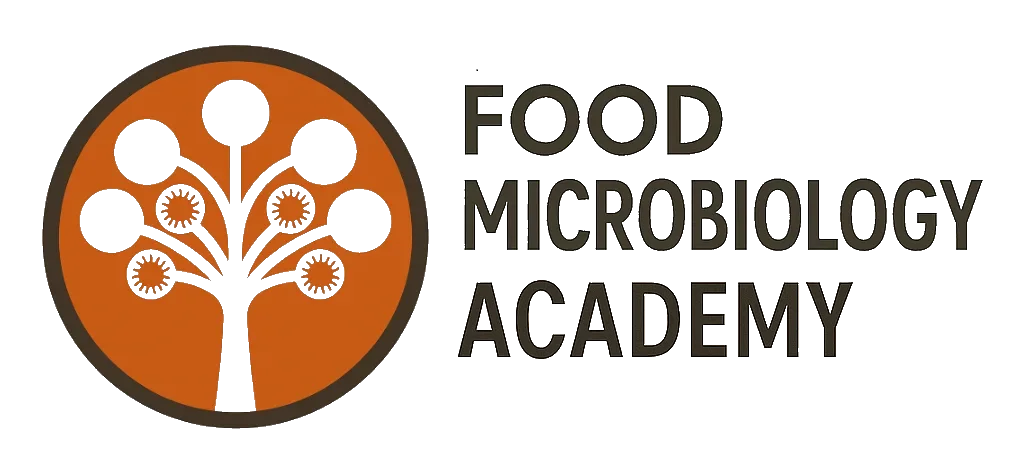Here are ten food safety fast facts from the United States:
- Each year, about 48 million people in the United States get sick from foodborne illnesses. (Source: Centers for Disease Control and Prevention)
- Out of these 48 million cases of foodborne illnesses, about 128 000 people are hospitalised and 3 000 people die. (Source: Centers for Disease Control and Prevention)
- The most common causes of foodborne illnesses in the United States are norovirus, Salmonella, Clostridium perfringens, and Campylobacter. (Source: Centers for Disease Control and Prevention)
- The most common food products associated with foodborne illnesses are leafy greens, eggs, chicken, beef, and pork. (Source: Centers for Disease Control and Prevention)
- Foodborne illnesses are most common in the summer months, with the highest number of cases reported in July and August. (Source: Centers for Disease Control and Prevention)
- Food recalls in the United States have been increasing in recent years, with 905 recalls reported in 2019. (Source: Food Safety Magazine)
- The most common reasons for food recalls in the United States are undeclared allergens, bacterial contamination, and foreign objects in food. (Source: Food Safety Magazine)
- In 2018, the United States imported $129 billion worth of food and agricultural products. (Source: United States Department of Agriculture)
- The FDA inspects about 20% of the food products that are imported into the United States. (Source: Food Safety Magazine)
- Food safety violations can result in fines, recalls, and even criminal charges. In 2019, a California company was ordered to pay a $1 million fine for selling contaminated sprouts that caused a Salmonella outbreak. (Source: Food Safety News)
Food safety is a critical issue that affects the health and well-being of millions of people in the United States. As a result, the federal government has implemented a series of regulations and guidelines to ensure the safety and quality of the food supply. In this essay, we will explore how food safety is regulated in the United States and the measures that are in place to protect consumers.
The primary agency responsible for regulating food safety in the United States is the Food and Drug Administration (FDA). The FDA is responsible for ensuring that all food products sold in the United States are safe, wholesome, and properly labeled. The FDA has the authority to inspect food facilities, enforce food safety regulations, and initiate recalls of unsafe food products.
One of the most significant regulations implemented by the FDA is the Food Safety Modernization Act (FSMA), which was signed into law in 2011. The FSMA represents the most significant overhaul of the food safety system in the United States in over 70 years. The act focuses on preventing foodborne illnesses rather than just responding to them after they occur. It requires food facilities to have written plans for identifying and preventing potential hazards in their operations, and it gives the FDA the authority to enforce these plans through inspections and other measures.
Another key agency responsible for food safety regulation is the United States Department of Agriculture (USDA). The USDA is responsible for ensuring the safety and quality of meat, poultry, and egg products. The agency inspects slaughterhouses and processing facilities, monitors labeling and packaging, and enforces regulations related to animal welfare.
The USDA also oversees the labeling of organic foods. Organic foods are produced without the use of synthetic pesticides and fertilizers, genetic engineering, irradiation, or sewage sludge. The USDA has established guidelines for organic certification, and products that meet these guidelines can be labeled as “USDA Organic.”
In addition to the FDA and USDA, several other agencies play a role in food safety regulation. The Environmental Protection Agency (EPA) regulates the use of pesticides on crops, and the Centers for Disease Control and Prevention (CDC) tracks outbreaks of foodborne illnesses and provides guidance on how to prevent them.
To ensure that food products are safe and of high quality, the FDA and USDA conduct inspections of food facilities. These inspections are designed to identify potential hazards in food production and to ensure that facilities are complying with food safety regulations. The frequency of inspections varies depending on the type of facility and the level of risk associated with the products it produces.
If a food product is found to be unsafe, the FDA or USDA may issue a recall. A recall is a voluntary or mandatory action taken by a manufacturer or distributor to remove a product from the market. The purpose of a recall is to protect consumers from potentially harmful products. The FDA and USDA have the authority to require a recall if a company does not take voluntary action to remove a product from the market.
To further ensure food safety, the FDA and USDA work closely with state and local health departments. State and local health departments are responsible for inspecting food service establishments, such as restaurants and grocery stores, and for investigating outbreaks of foodborne illnesses. These departments also work with the FDA and USDA to monitor food imports and to enforce food safety regulations at the local level.
In conclusion, food safety is a critical issue that affects the health and well-being of millions of people in the United States. The FDA, USDA, EPA, CDC, and state and local health departments all play a role in regulating food safety in the United States. Through a combination of regulations, inspections, and recalls, these agencies work to ensure that the food supply is safe and of high quality. While no system is perfect, the measures in place have significantly reduced the number of foodborne illnesses in the United States and have helped to protect the health of consumers.



